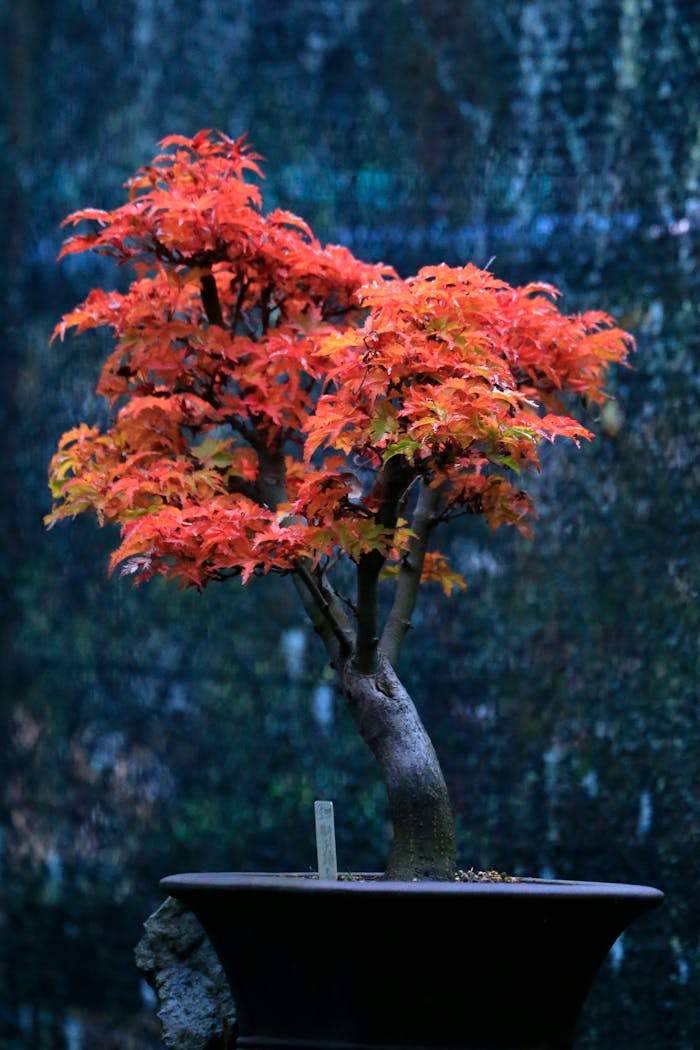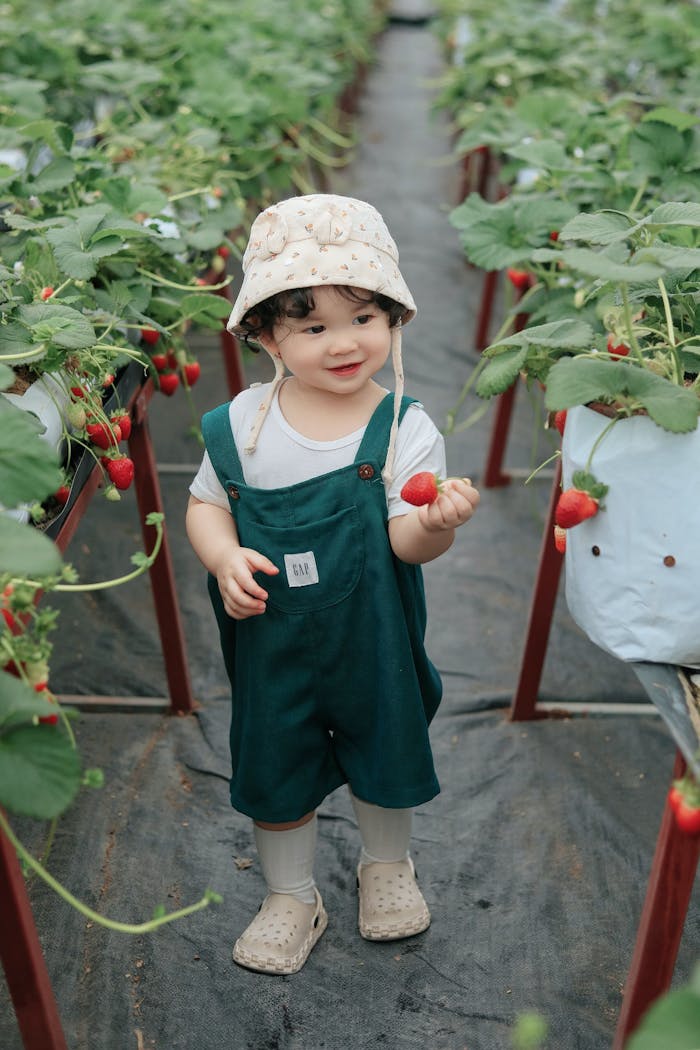|
IN BRIEF
|
Creating a stunning shade garden offers an exciting challenge for any garden enthusiast. While many may believe that a lack of sunlight limits plant choices, a world of vibrant possibilities thrives in the soft embrace of shadow. To successfully navigate the art of plant selection for your shaded spaces, it’s essential to understand the unique light conditions and choose plants that not only survive but flourish in low-light environments. Whether you’re looking to introduce lush ferns, elegant hostas, or delightful flowering shrubs, the secret lies in selecting the right combination of plants that complement each other and the surroundings. Explore how to balance texture, color, and growth habits while unlocking the hidden beauty of your garden.
Creating a shade garden can seem like a daunting task, but with the right approach, it can become a sanctuary bursting with life and color. Selecting plants that thrive in low-light conditions is essential to achieving a vibrant and healthy garden. This section will guide you through the crucial considerations and techniques for choosing the best plants for your shade garden.
Seasonal Care Tips
As seasons change, so do the requirements of your shade garden. In spring, consider refreshing the soil and checking for any winter damage. During summer, monitor moisture levels closely, ensuring that your plants remain hydrated, especially on hotter days. As autumn approaches, plan for any necessary adjustments, such as cutting back perennials or replanting areas that require new life.
Creating a shade garden represents an enjoyable challenge that rewards the dedicated gardener with a serene outdoor retreat. By understanding your garden’s unique conditions, selecting the appropriate plants, and implementing thoughtful design, you can cultivate a stunning landscape that thrives in the absence of sunlight.
Embrace this journey of cultivating a lush, shaded oasis—indeed, endless possibilities await in those quieter corners of your outdoor space.
Identifying Shade Types
In shaded areas, garden conditions typically fall into four main categories:
- Dappled Shade: This type of light occurs when sunlight peeks through leaves, offering a mix of light and shadow.
- Partial Shade: Here, plants get a few hours of direct sunlight each day, allowing a wider range of plant choices.
- Full Shade: Plants in this condition receive minimal sunlight, demanding shade-loving species.
- Deep Shade: This is where light is hardly available beyond filtered light, requiring very specific plants that thrive in such conditions.
Understanding Shade Conditions
When selecting the best plants for a shade garden, the first step is to comprehend the various types of shade present in your garden. Different levels of shade, such as dappled shade, partial shade, full shade, or deep shade, each dictate which plants are suitable for thriving in these environments. For instance, plants like Hostas and fuchsias perform exceptionally well in partial shade, while others, such as ferns and astilbes, are ideal for more challenging low-light conditions. Understanding these shade conditions is essential for making informed choices that will lead to a successful and vibrant garden.
Selecting the Right Plants
After gaining a clear understanding of the shade levels, it’s time to select the right plants. It is advisable to choose a variety of plants to enhance visual interest and create a thriving ecosystem. For example, opting for perennials like bleeding hearts alongside annuals such as caladiums can provide both seasonal and long-term beauty. Additionally, consider incorporating plants with different textures and colors to create a striking and cohesive look. “A good garden is a result of the right plant in the right place,” as noted by renowned landscape designer Piet Oudolf. Remember to also ensure that these plants receive adequate moisture, as shade-loving plants may have different watering needs compared to those in sunny spots. Employing a drip irrigation system can help maintain these moisture levels effectively.
Choosing the best plants for a shade garden requires an understanding of the various shade conditions present in your space. Start by identifying whether you have dappled, partial, or full shade. This knowledge will guide your plant selections to ensure optimal growth. Focus on shade-loving plants such as ferns, hostas, and heucheras, as they will flourish in low light. Consider mixing textures and colors for visual interest and cohesion. Additionally, ensure consistent moisture and practice good soil care to support your plants. Embrace the unique challenge of shading and watch as your garden transforms into a tranquil retreat filled with lush, vibrant life.
Frequently Asked Questions About Selecting Plants for a Shade Garden
What types of shade conditions should I consider?
It’s essential to understand the different levels of shade when selecting plants. These can include dappled shade, partial shade, full shade, and deep shade.
Which plants thrive under full shade?
Plants that thrive in full shade are specially adapted to lower light levels. Examples include ferns, hostas, and Heuchera.
Can I combine different types of plants in my shade garden?
Yes, you can create a dynamic garden by combining perennials, annuals, and flowering shrubs that all thrive in shady conditions.
How can I ensure my shade garden plants receive enough moisture?
It’s important to provide shade garden plants with more consistent moisture than those in full sun. Consider implementing a drip irrigation system for efficient watering.
What are some tips for maximizing visual impact in a shade garden?
Choose 1-4 plants that you can plant en masse to create a big visual impact and soothing feel. Mixing different textures can also enhance the overall aesthetic.
How do I prepare the soil for shade-dwelling plants?
Proper soil preparation is crucial for a thriving shade garden. Ensure the soil is rich in organic matter and well-drained to support your chosen plants’ growth.
What are some common mistakes to avoid in a shade garden?
Avoid overwatering your plants, as excess moisture can lead to root rot. Also, be mindful of planting too closely together, which can hinder air circulation.

